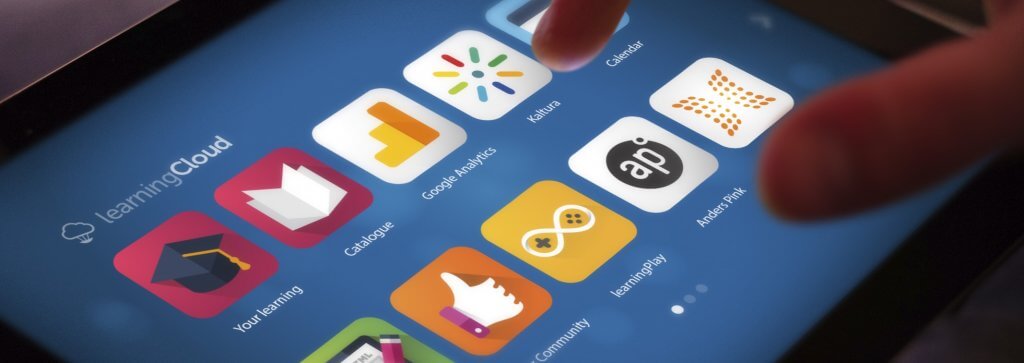Share
In part one of this blog series I explored the changing digital landscape affecting L&D professionals today and relevance of traditional learning methodologies to the modern learner, if you missed this article you can review it here. In this follow-up piece, I want to start to take a look at how specific approaches are disrupting the status quo within the digital learning sector and re-engaging our learners.
At Netex, we like to think we are unique, for many reasons! One such reason is that we operate in two distinct but increasingly overlapping markets. The first, and the one where we cut our teeth, is within Corporate Learning but about 9 years ago we entered into what is now known as the “EdTech” sector, by delivering technology-led learning solutions to students in K-12, Higher Education and Post-Graduate Education institutions. Entering into this market gave us a new perspective when it came to digital learning approaches, but it also gave us access to new technologies and standards that we had not previously seen in the business world. One of these standards is LTI but before we go on to explore this in detail, let’s look at the equivalent technological approach in the consumer sector.
In part one of these series I discussed how mobile technology is changing everything, so much so that it can be considered a lifestyle choice and no longer just tech. The game-changer for this sector was the birth of the Smartphone and subsequent emergence of the applications marketplace. Just take a moment to consider which Apps you’ve used on your phone in the last hour… Recent studies have shown that on average globally we’re using 30 separate mobile apps a month and that in the UK we spend over two hours a day using mobile apps (Source: App Annie, Spotlight on Consumer App Usage, Part 1, May 2017).
We are used to accessing content from different sources, as our requirement needs change throughout the day (specifically dating apps it seems with the highest number of sessions per day!). But what this does show us is that when we need to perform such as online shopping or track our fitness stats we go to an app. When we need to access content such as news articles or currency information – likewise we go to a specific app to access this content. We are used to consumer-grade experiences that, more often than not, we are not repeating in the workplace.
Recent studies have shown that on average globally we’re using 30 separate mobile apps a month and that in the UK we spend over two hours a day using mobile apps (Source: App Annie, Spotlight on Consumer App Usage, Part 1, May 2017).
The average user experience for the LMS does not stack up against mobile apps. Built to legacy standards (SCORM), more often than not the LMS is restricted to delivering traditional learning interventions that are no longer relevant to the modern learner. This is why many of us are turning to Google rather than dedicated corporate learning platforms. And by virtue of the fact that most LMS are “closed-shop” platforms, L&D cannot offer dedicated apps in response to varying business employee development requirements.
But this is where LTI is turning things on its head. Put simply you have LTI compliant platforms (consumers) and LTI compliant apps (providers) and it’s very easy to integrate the two. In our case, it has led to the emergence of learningCloud, our next-generation learning ecosystem. It allows our customers to leverage Netex’s suite of learning apps but also supplement these with LTI-compliant 3rd party apps to produce a more consumer-grade platform.
Now there is a caveat here because LTI is definitely an EdTech focused standard but the marketplace for apps which have a possible application in the corporate sector is growing. And much like you have Google Play or the App Store, we now have the educational equivalent with EduAppCenter.com. We’re nowhere near the millions of apps available in Android or iOS but it’s building and definitely worth keeping an eye on. Consider the following, you have a need to provide language training, well you could integrate a dedicated app from Rosetta Stone, or you want to create a company video channel, well why not use the YouTube app.
As technology moves into the era of interoperability there can be no doubt that the ability to integrate 3rd party applications into existing systems provides opportunities to deliver a wider range of learning experiences within an interface that our learners feel comfortable with. The platform can grow with the business and will become a learner ecosystem which your audience will come back to time and time again.
Share

